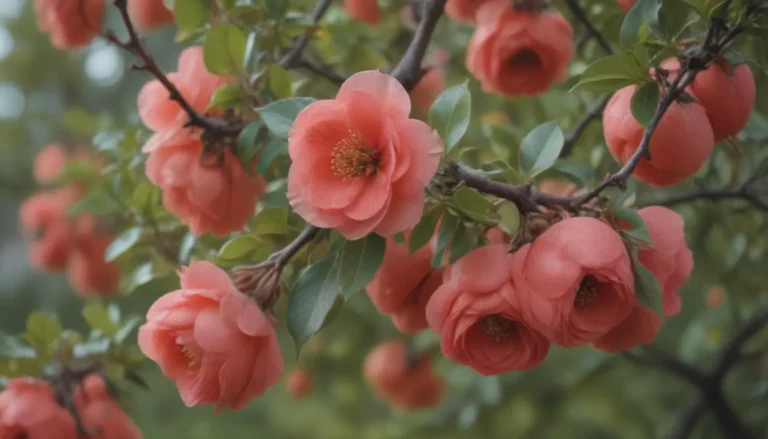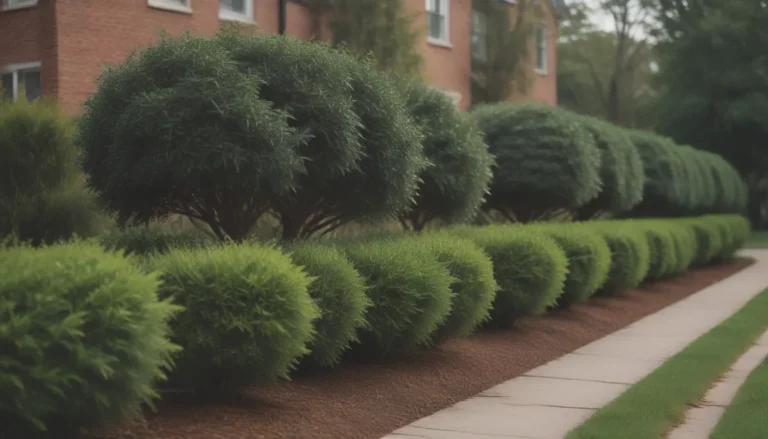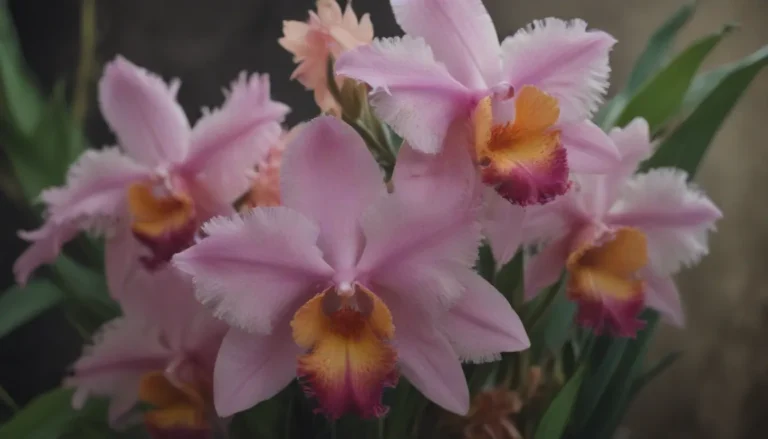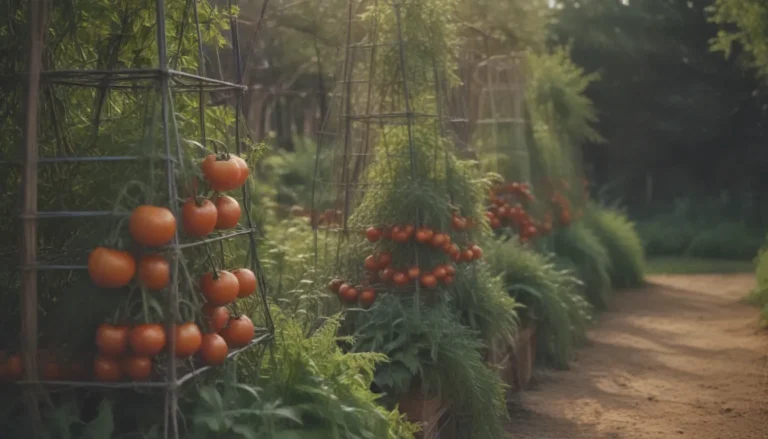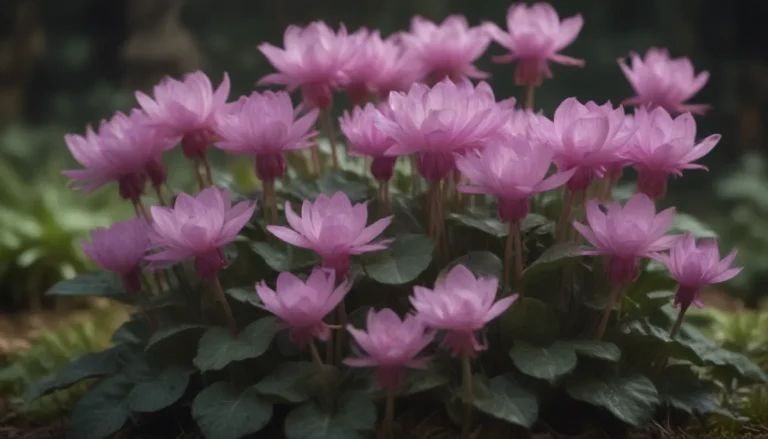The Ultimate Guide to Growing and Caring for Monstera Albo
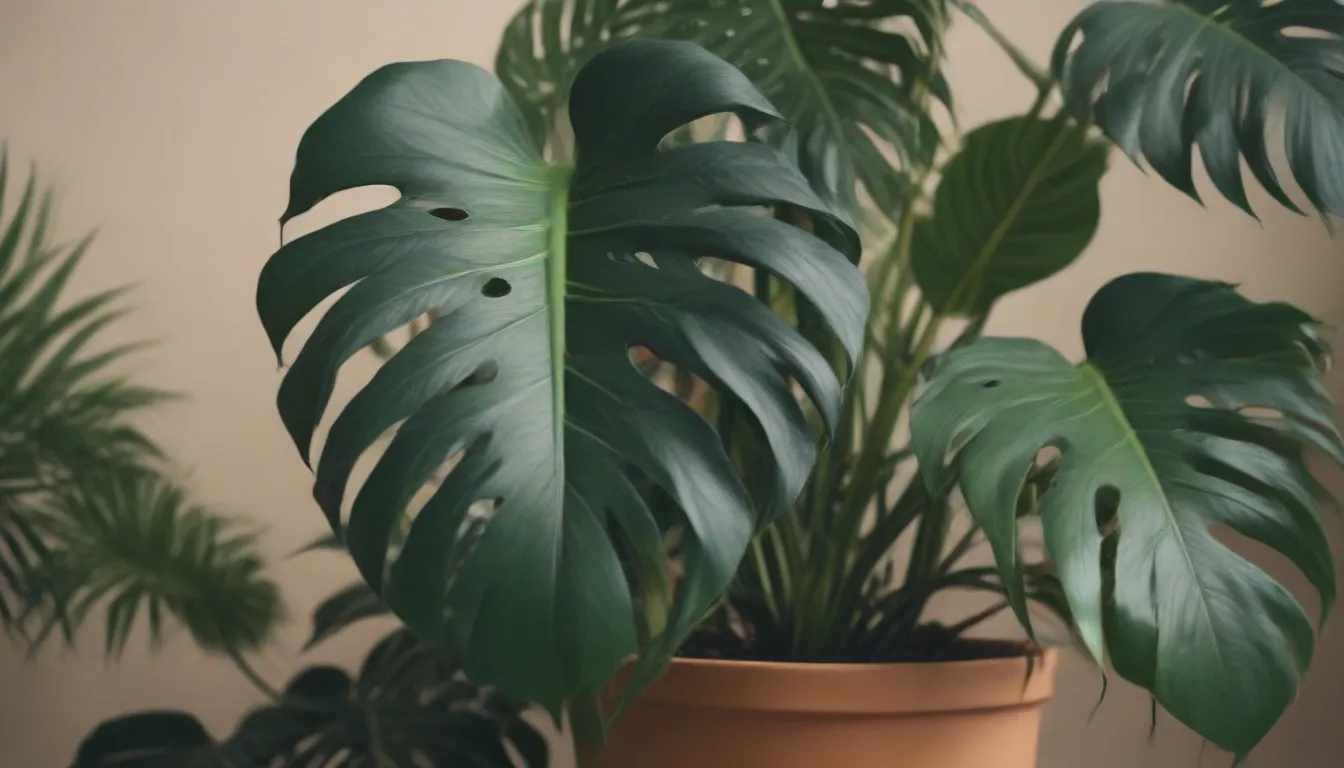
Welcome to the ultimate guide on how to grow and care for the beautiful and rare Monstera albo (Monstera deliciosa ‘Albo Borsigiana’). If you’re a plant enthusiast or looking to add a unique and coveted plant to your collection, then this article is for you. In this comprehensive guide, we’ll cover everything you need to know about caring for your Monstera albo, from lighting and soil requirements to propagation and common problems you may encounter. So sit back, relax, and let’s dive into the wonderful world of Monstera albo care.
What is Monstera Albo?
Monstera albo is a stunning variegated plant that is highly sought after by plant collectors worldwide. It is a subspecies of the popular Monstera deliciosa, known for its large patches of white variegation on split leaves. This tropical plant is native to the rainforests of Central America and is a showy houseplant that can thrive in most indoor conditions. However, it is important to note that Monstera albo is toxic to pets, so be cautious if you have furry friends at home.
Monstera Albo Care Tips
Caring for Monstera albo is quite similar to caring for a regular Monstera deliciosa but with a few key differences. To help your Monstera albo grow healthy and vibrant, here are some essential care tips to keep in mind:
- Provide Proper Support: Encourage your Monstera albo to grow large, healthy leaves by providing it with a moss pole for climbing. These vining plants thrive when given a structure to climb indoors.
- Light Requirements: Ensure your Monstera albo receives bright, indirect light to maintain its variegation. Aim for at least six to seven hours of filtered light daily, but avoid direct sunlight to prevent sunburn on the variegated parts of the leaves.
- Well-Draining Soil: Use a rich, well-draining soil mix for your Monstera albo, such as a combination of perlite, orchid bark, coco peat, and coco coir. This mix will provide the necessary nutrients and drainage for your plant to thrive.
- Watering: Be mindful not to overwater your Monstera albo, as these tropical plants are susceptible to root rot. Allow the top 1 to 2 inches of soil to dry between waterings and water thoroughly, allowing excess water to drain out of the pot’s holes.
- Temperature and Humidity: Monstera albo thrives in warm temperatures between 65 to 80 degrees Fahrenheit and high humidity levels of at least 60 percent. Consider using a humidifier or placing your plant in a naturally humid room like a bathroom or kitchen to maintain ideal humidity levels.
- Fertilization: Feed your Monstera albo with a balanced liquid fertilizer once a month, following the product label instructions. Avoid over-fertilizing, especially during the fall and winter when the plant is not actively growing.
Types of Monstera Albo
If you’re a fan of the unique variegation patterns of Monstera albo, you’ll be delighted to know that there are several types available, each with its own distinct silhouette and variegated patterns. Here are some popular types of Monstera albo you may come across:
- Monstera deliciosa ‘Albo Variegata’
- Monstera adansonii ‘Albo Variegata’
- Monstera deliciosa ‘Albo Borsigiana’
- Monstera adansonii f. variegata ‘Variegated Laniata Albo’
- Monstera Marbled Albo
Propagating Monstera Albo
Since the stunning white variegation on Monstera albo is naturally occurring, propagating these plants is the only way to produce more of them. Propagation is a popular method among plant enthusiasts, and while it may take longer to propagate variegated monsteras compared to regular ones, the process is relatively simple. When propagating your Monstera albo, remember to use stem cuttings with at least one node on the stem for successful propagation.
Potting and Repotting Monstera Albo
Monstera albo is a slow-growing plant that typically only needs to be repotted every two to three years. When repotting your Monstera albo, choose a pot that is one size larger than the current one and use fresh potting mix for optimal growth. Repotting is best done in the early to late spring or summer to avoid disrupting the plant’s dormancy period.
Common Pests & Plant Diseases
As with any houseplant, Monstera albo is susceptible to common pests and diseases like spider mites, scale, mealybugs, fungus gnats, and thrips. Regularly inspect your plant for signs of infestation and apply insecticide as needed to prevent pests from damaging your plant.
How to Get Monstera Albo to Bloom
Although it is rare to see a Monstera albo bloom indoors, the plant produces a tubular greenish flower surrounded by a white spathe when it does. To encourage blooming, consider growing your plant in a climate-controlled greenhouse with bright light, warm temperatures, and high humidity levels. With the right conditions, your Monstera albo may reward you with its unique and stunning bloom.
Common Problems With Monstera Albo
While Monstera albo is generally easy to care for, you may encounter a few common issues with your plant. Drooping leaves, yellow leaves, losing variegation, and brown leaves are some problems you may face. Ensure you provide adequate care, including proper lighting, watering, and humidity levels, to prevent and address these common issues.
In conclusion, Monstera albo is a beautiful and unique plant that requires special care and attention to thrive. By following the tips and guidelines in this guide, you can successfully grow and care for your Monstera albo, adding a touch of elegance to your indoor space. Remember to enjoy the journey of plant parenthood and watch your Monstera albo flourish in its new home. Happy growing!
